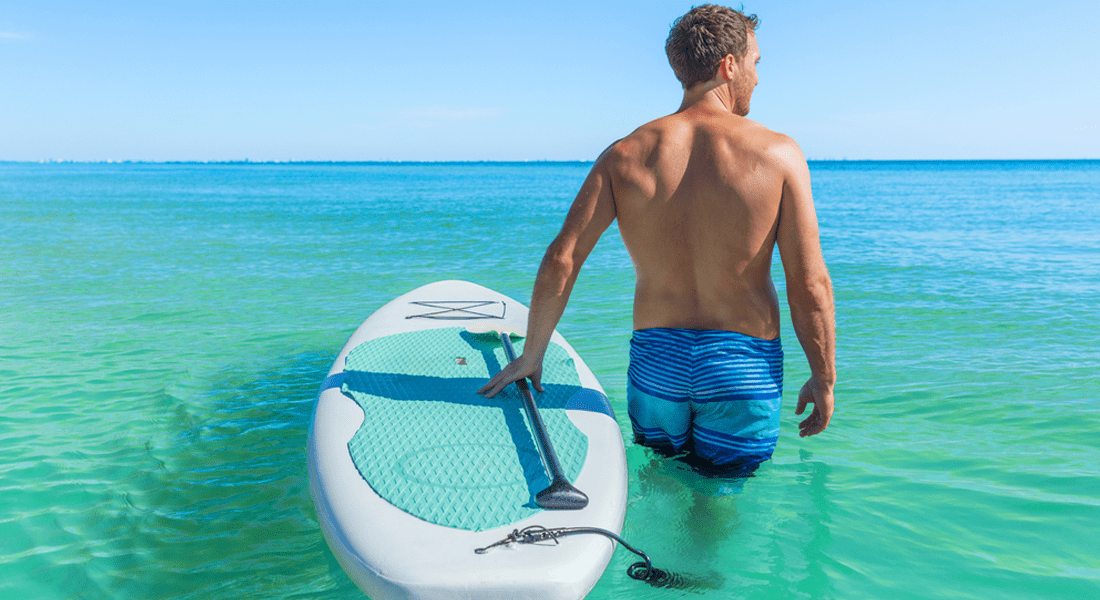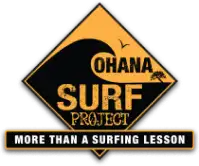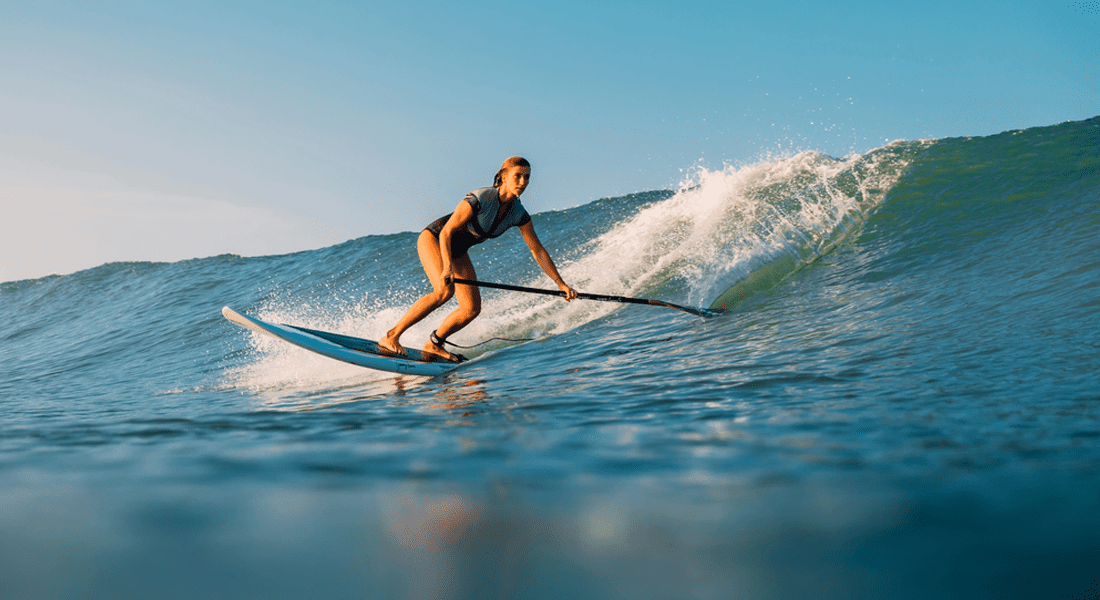
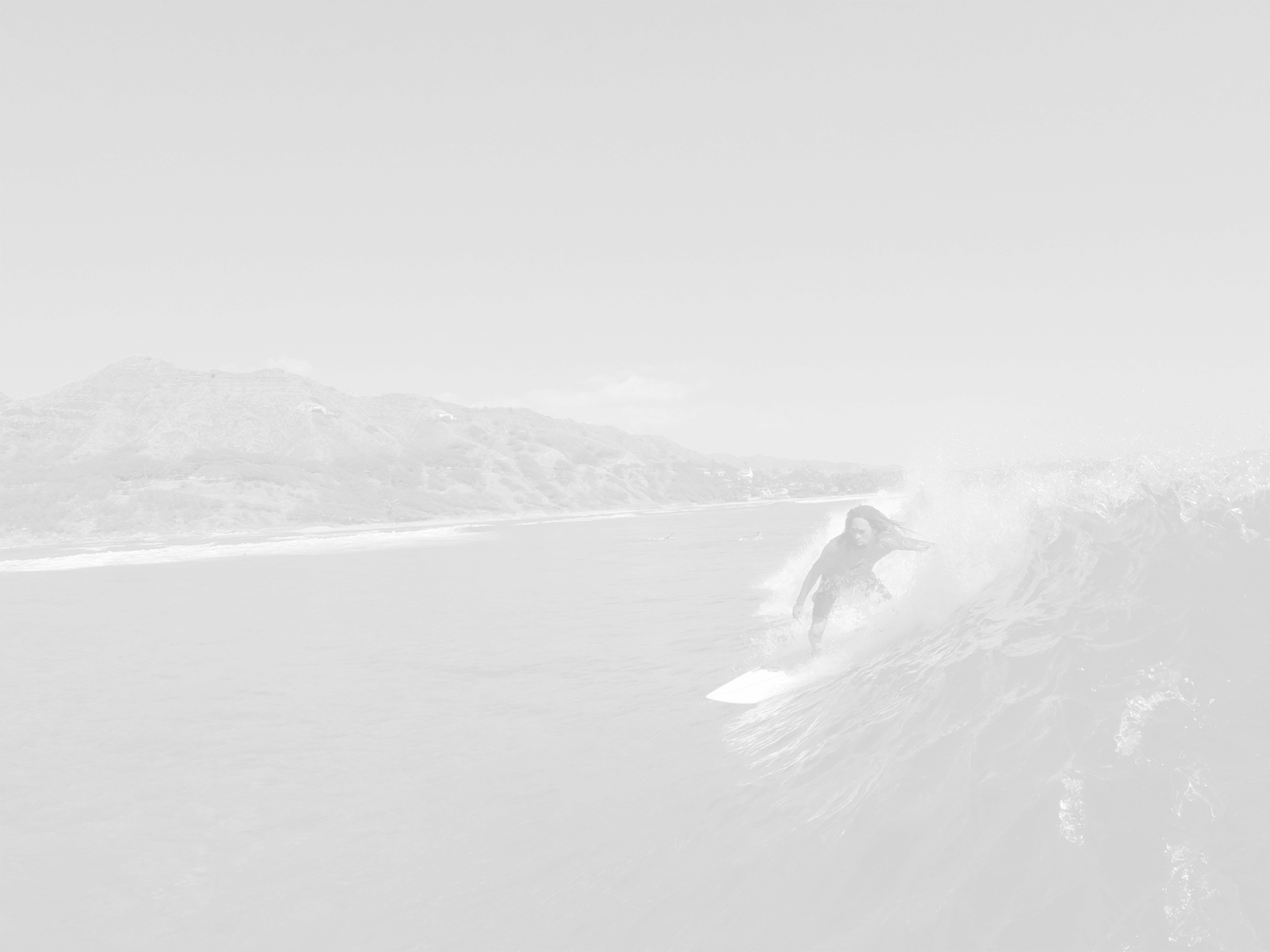
Surfing Vs. Bodyboarding: Which Is Easier To Learn?
The eternal debate of surfer vs bodyboard often stirs passionate arguments among wave enthusiasts. While both sports offer unique joys, they differ significantly in terms of technique, equipment, and learning curves. For newcomers to the world of wave riding, choosing where to start can be a challenge. Here, we will compare surfing and bodyboarding to determine which is more beginner-friendly.
Understanding the Basics
Before diving into the comparison, let us briefly explain each sport:
- Surfing: This ancient sport involves standing on a longboard and riding the face of a wave. The rider, or surfer, uses their legs and body balance to steer and control the board. The art of surfing has evolved over centuries, with various board shapes and styles available today.
- Bodyboarding: A more recent addition to wave riding, bodyboarding involves lying down on a smaller, foam board. The rider propels themselves with fins and uses their body weight to steer. Those keen on bodyboarding appreciate the close contact with the wave and the sport's dynamic nature.
Entry Equipment and Costs
- Surfing: Surfboards come in various shapes and sizes, catering to different skill levels. Beginners usually start with a longboard, which provides more stability. Alongside the board, one needs a leash, wax, and, optionally, a wetsuit. While the initial cost for a surfboard can be high, newcomers can consider surfboard rental services to try before committing to a purchase.
- Bodyboarding: Bodyboards are generally more affordable than surfboards. Besides the board, beginners would need swim fins to help with propulsion and a leash to prevent losing the board. Like with surfboards, bodyboard rentals are also an option for those keen on testing the waters before investing.
Learning Curve and Technique
- Surfing: One of the notable challenges for budding surfers is the act of standing up on the board. This task, which combines balance, strength, and timing, often takes multiple sessions to master. Additionally, understanding wave dynamics and selecting the right wave to ride further steepen the learning curve. Though it is a demanding start, the payoff is the unparalleled thrill of riding a wave upright.
- Bodyboarding: In contrast, bodyboarding provides a more immediate introduction to the sensation of wave riding. As it does not require standing up, beginners often find it more accessible. Lying prone on the board, they can quickly get a feel for the wave's movement and power. Though simpler at the outset, bodyboarding still offers depth in technique and skill progression, ensuring ongoing challenges and growth for enthusiasts.
Fitness and Physical Demands
- Surfing: Surfing can be physically demanding. Paddling out against waves, balancing on the board, and swiftly popping up from a prone to a standing position require strength and endurance. Regular surfing can significantly enhance upper body strength, leg muscles, and core stability. Moreover, the constant balance adjustment on the board improves overall body coordination.
- Bodyboarding: Bodyboarding might seem less strenuous, but it too demands physical fitness. Paddling with arms while lying down requires upper body strength. The continuous leg kicks, especially when using fins, strengthen the lower body. The prone position on the board also engages the core muscles, ensuring a full-body workout during each session.
Environmental Considerations
The environment and wave conditions play a vital role in determining the ease of learning for both sports.
- Surfing: Surfing requires waves with a certain shape and form. For beginners, gentle, rolling waves are ideal. Steeper waves can be challenging and intimidating for newcomers. However, with guidance from seasoned surfers or through surfing schools, one can gradually adapt to diverse wave conditions.
- Bodyboarding: Bodyboarders often find it easier to ride a wider variety of waves, from mushy small waves to steeper breaks. The board's design and the rider's position allow for greater adaptability to different wave conditions.
The Joy of Exploration
Wave riding is not just about mastering techniques; it is about connecting with nature, understanding the ocean, and experiencing the sheer thrill of harnessing wave power.
- Surfing: Surfers often speak of the 'stoke' - that incomparable feeling of riding a wave, the connection between the surfer, board, and wave. As one progresses, exploring different surfing spots becomes an adventure in itself, each location offering unique challenges and experiences.
- Bodyboarding: Bodyboarding, too, offers this profound connection. The sensation of being closer to the water, feeling the wave's energy directly underneath, is unparalleled. As one becomes proficient, there is the joy of exploring new bodyboarding spots, each with its unique wave formations and challenges.
Flexibility in Wave Conditions
- Surfing: Surfing often requires more specific wave conditions to enjoy a good session. While advanced surfers seek bigger and more powerful waves, beginners benefit from smaller, more predictable sets. The wave's shape, direction, and speed can significantly influence a surfer's ability to catch and ride it effectively.
- Bodyboarding: The design and nature of bodyboarding provide a bit more flexibility in terms of wave selection. Whether it is a fast, barreling wave or a slower, mushy break, bodyboarders can adapt their techniques to various conditions. This versatility means bodyboarders might find more days suitable for riding compared to surfers.
Equipment Maintenance and Lifespan
- Surfing: Surfboards, especially those made of epoxy or fiberglass, require regular maintenance. Dings and cracks need repair to ensure the board's longevity and performance. Additionally, the board's wax needs refreshing periodically to maintain grip. With proper care, a surfboard can last for years, but it is susceptible to damage if dropped or if it collides with hard surfaces.
- Bodyboarding: Bodyboards are typically made of durable foam, making them less prone to dings or cracks compared to surfboards. However, they might still suffer from wear and tear, especially on the deck where the rider lies. Over time, bodyboards can also become waterlogged, affecting their buoyancy and performance. Regular rinsing with fresh water and storing them away from direct sunlight can extend their lifespan.
While bodyboarding may offer an easier initial learning curve, both sports have their unique challenges, joys, and intricacies. The surfer vs bodyboard debate is less about which is easier and more about individual preferences. Some might find the immediate thrill of bodyboarding more appealing, while others might be drawn to the elegance and tradition of surfing. The ocean welcomes all with open arms. Dive in, explore both avenues, and find the wave riding expression that resonates most with your spirit.
Surfing Vs. Bodyboarding: Which Is Easier To Learn?

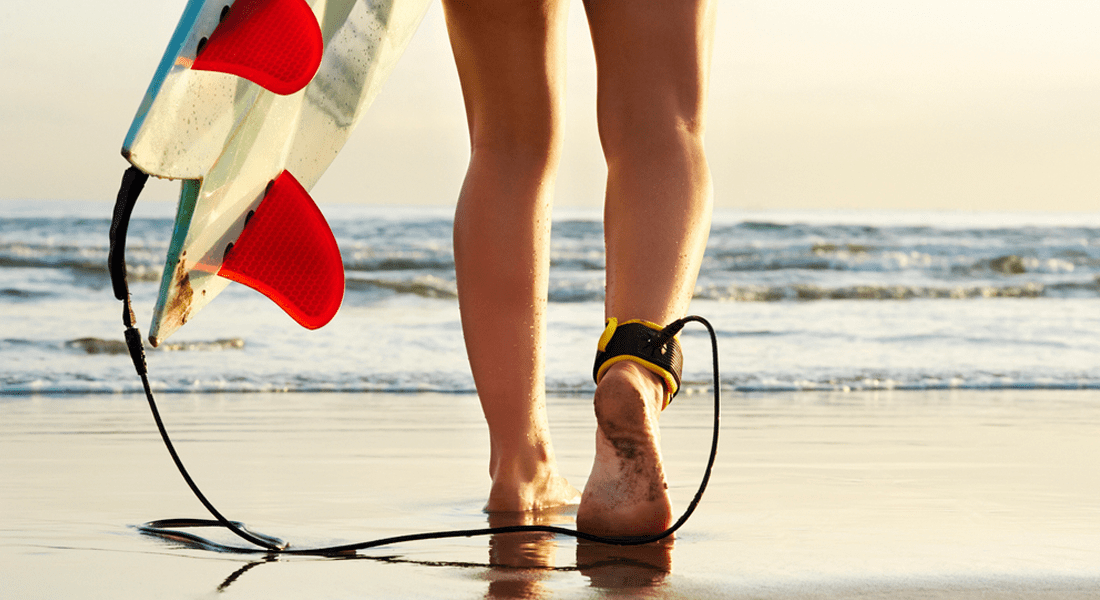
What Size Surfboard Leash Should You Use?
Choosing the right surfboard leash size goes beyond convenience. It affects safety, comfort, and performance in the water. Surfers of all levels rely on their leash to keep the board[...]